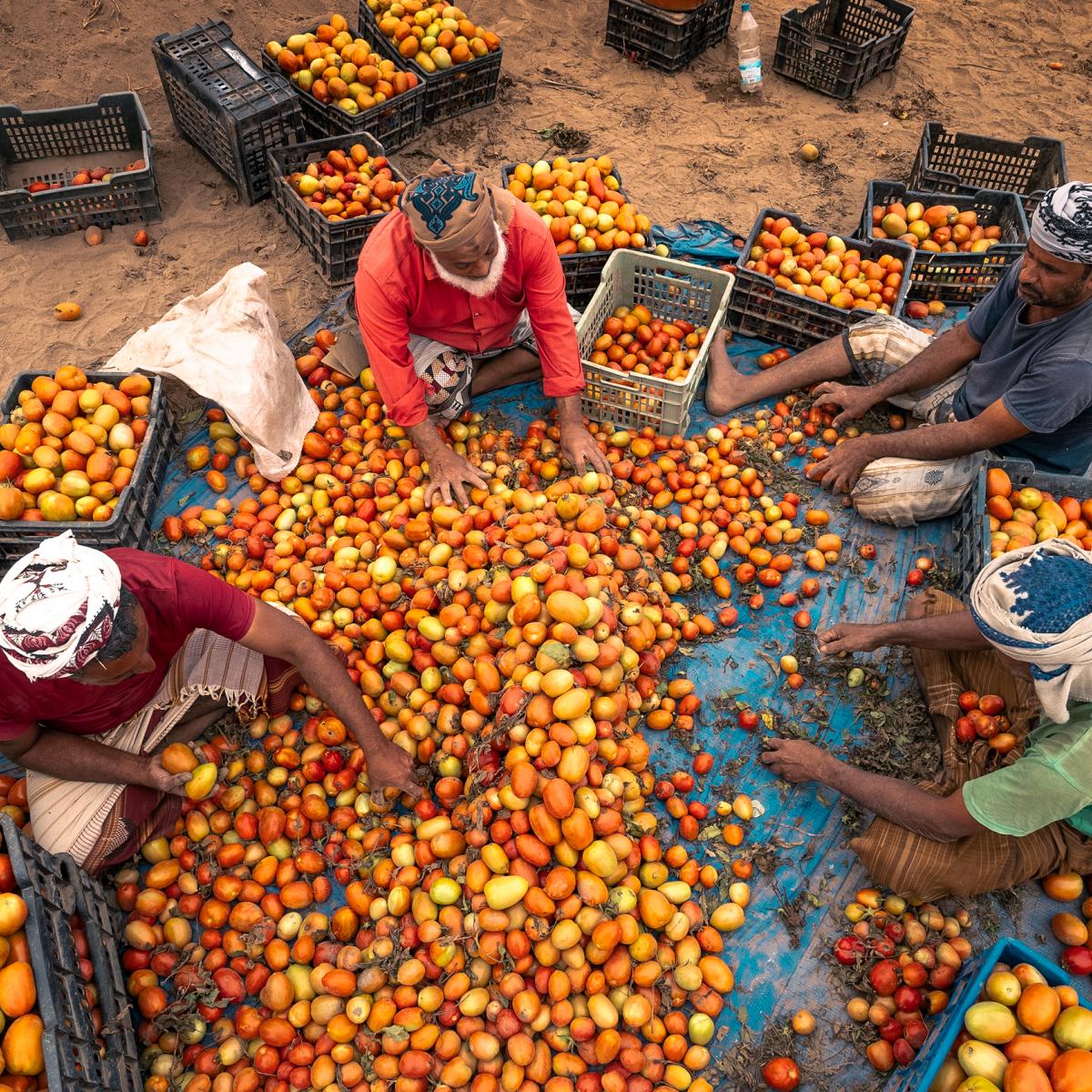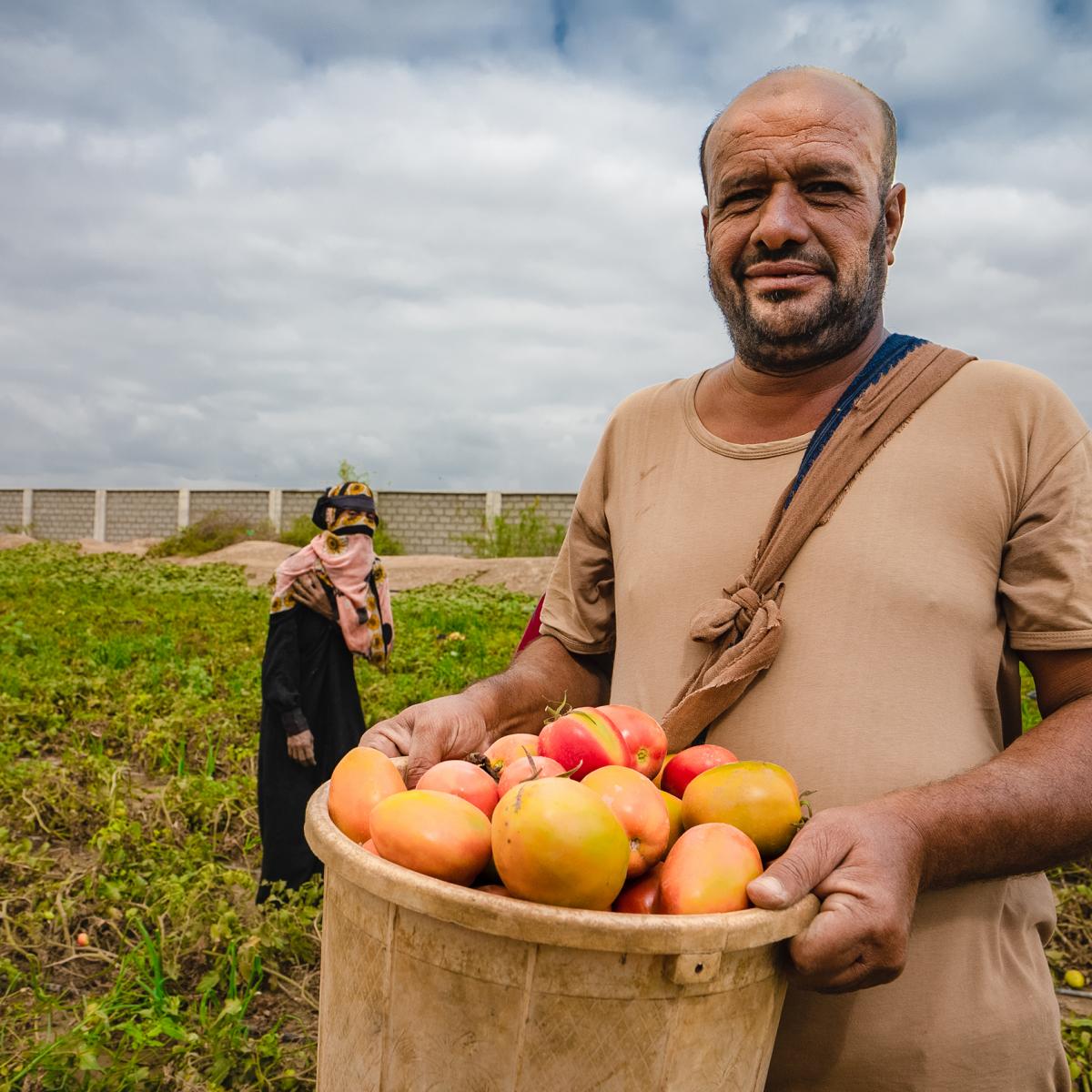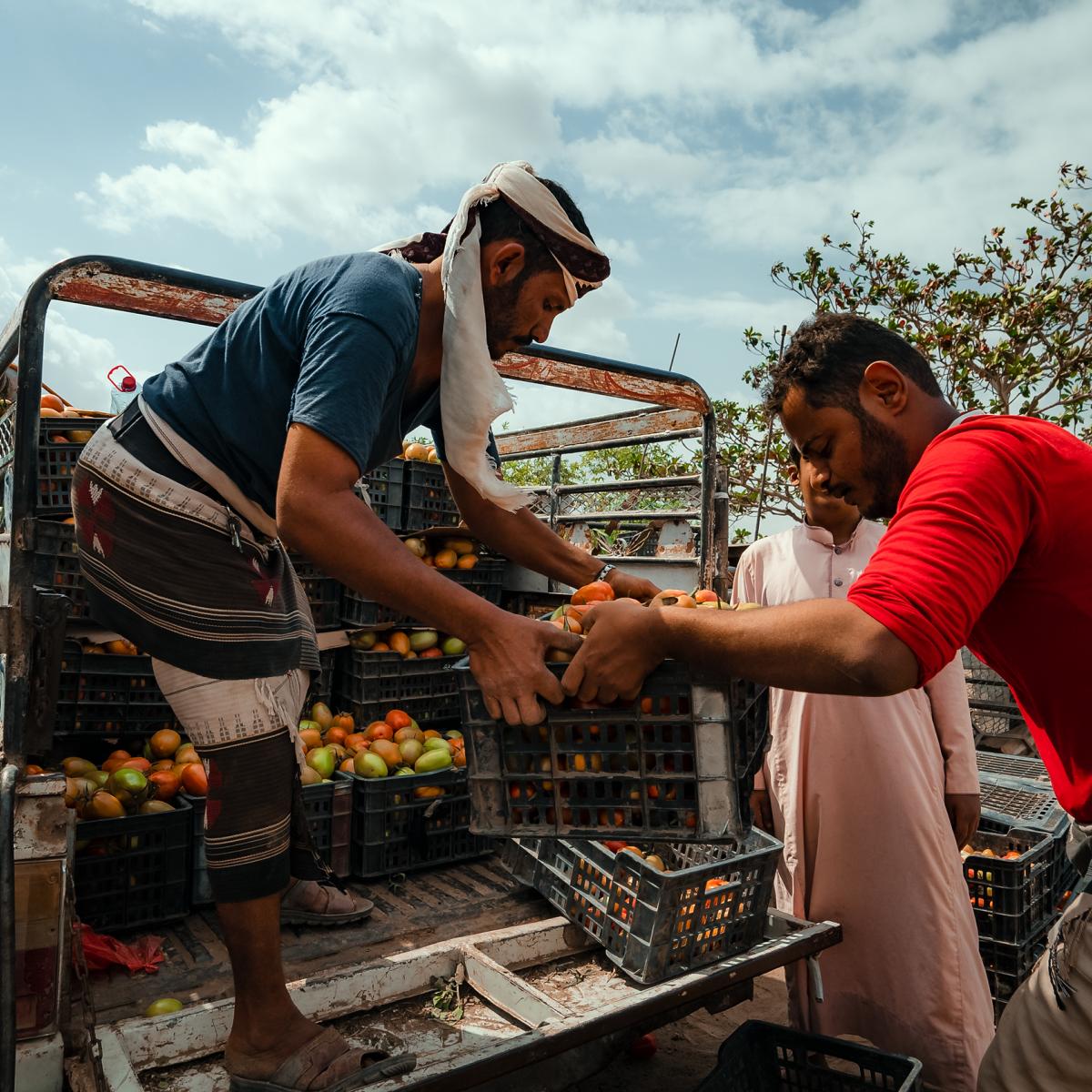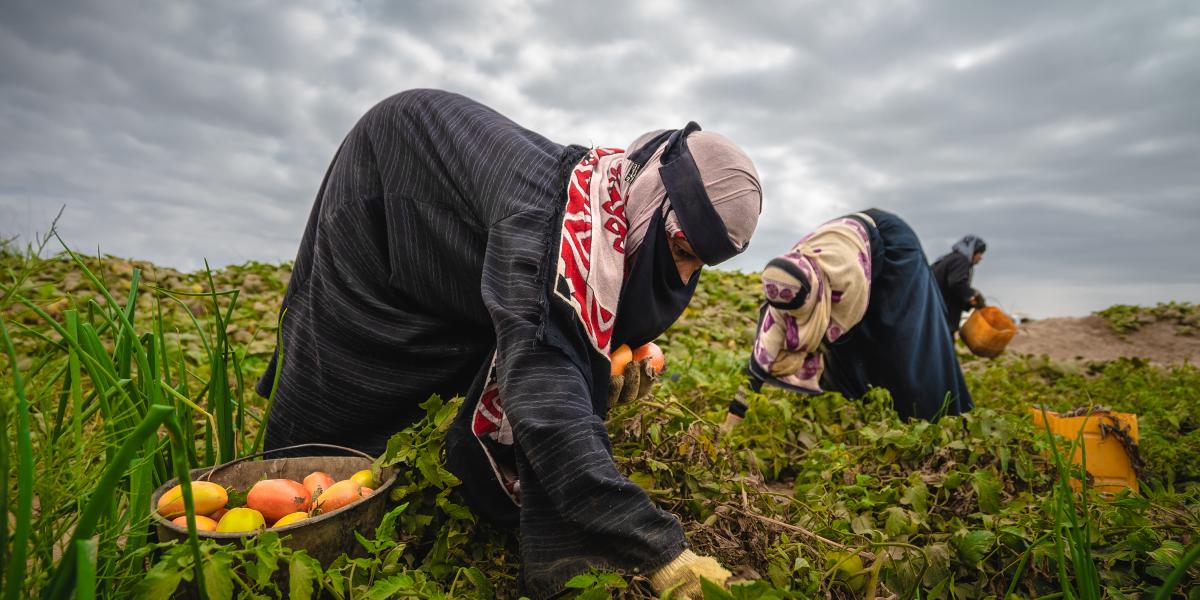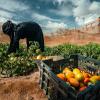Yemen’s Nascent Green Agriculture Revolution
When Sami Watidi inherited a farm from his father, he continued to cultivate his crops using traditional open-field farming methods, just as many Yemeni farmers do. USAID’s Economic Recovery and Livelihoods Program (ERLP) has been working to introduce improved agricultural techniques, including drip irrigation and the use of greenhouses, in order to make farms like Mr. Watidi’s more profitable and support the transformation of agriculture systems in Yemen.
Before I started using the new techniques, my production varied between one to one-and-a-half tons,” said Mr. Watidi, who works the farm with the help of his six brothers. “Now it exceeds three tons. My revenue increased. Since the quality of my crops has improved, I am able to raise prices. People are shocked at the quality of my cucumbers and don’t believe they have been cultivated here in Lahj,” he added. “Once the cucumber season ends, I will grow more tomatoes.”
Traditional open-field farming leaves crops vulnerable to diseases, pests, and excessive heat. Post-harvest losses can be as great as 40 percent, and the “flood and furrow” method is not only challenging but inefficient. Recognizing the opportunity to help farmers increase their productivity, USAID ERLP developed value chain training programs to improve crop quality, enhance production, and increase rural household incomes. These training activities were also designed to address the country’s conflict-and climate-related food insecurity, water scarcity, and widespread, outdated water usage techniques.
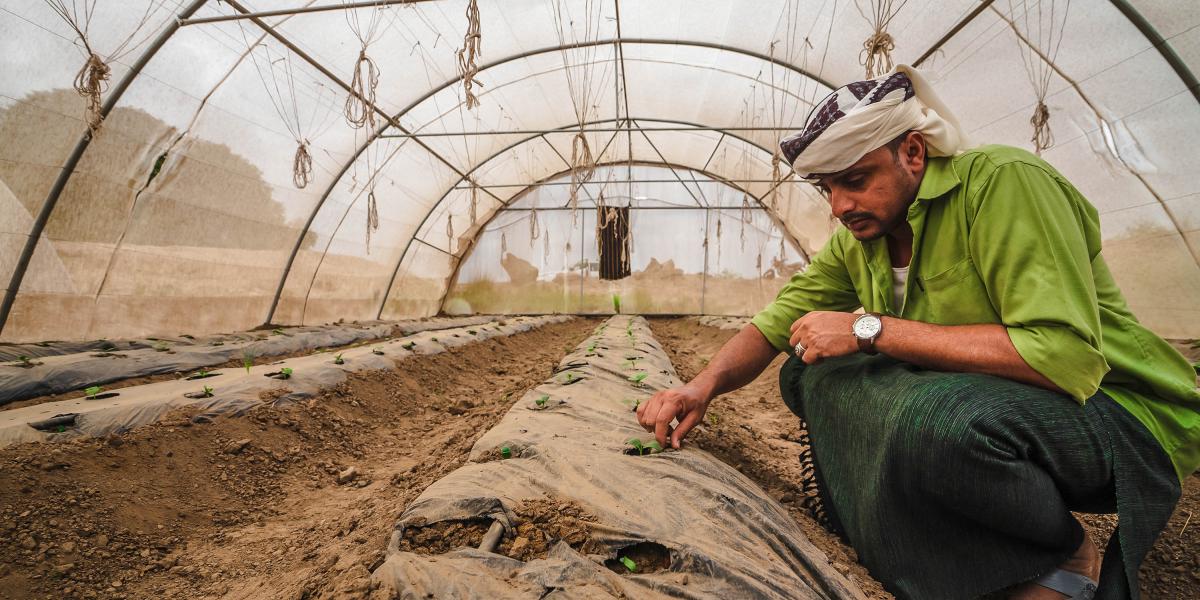
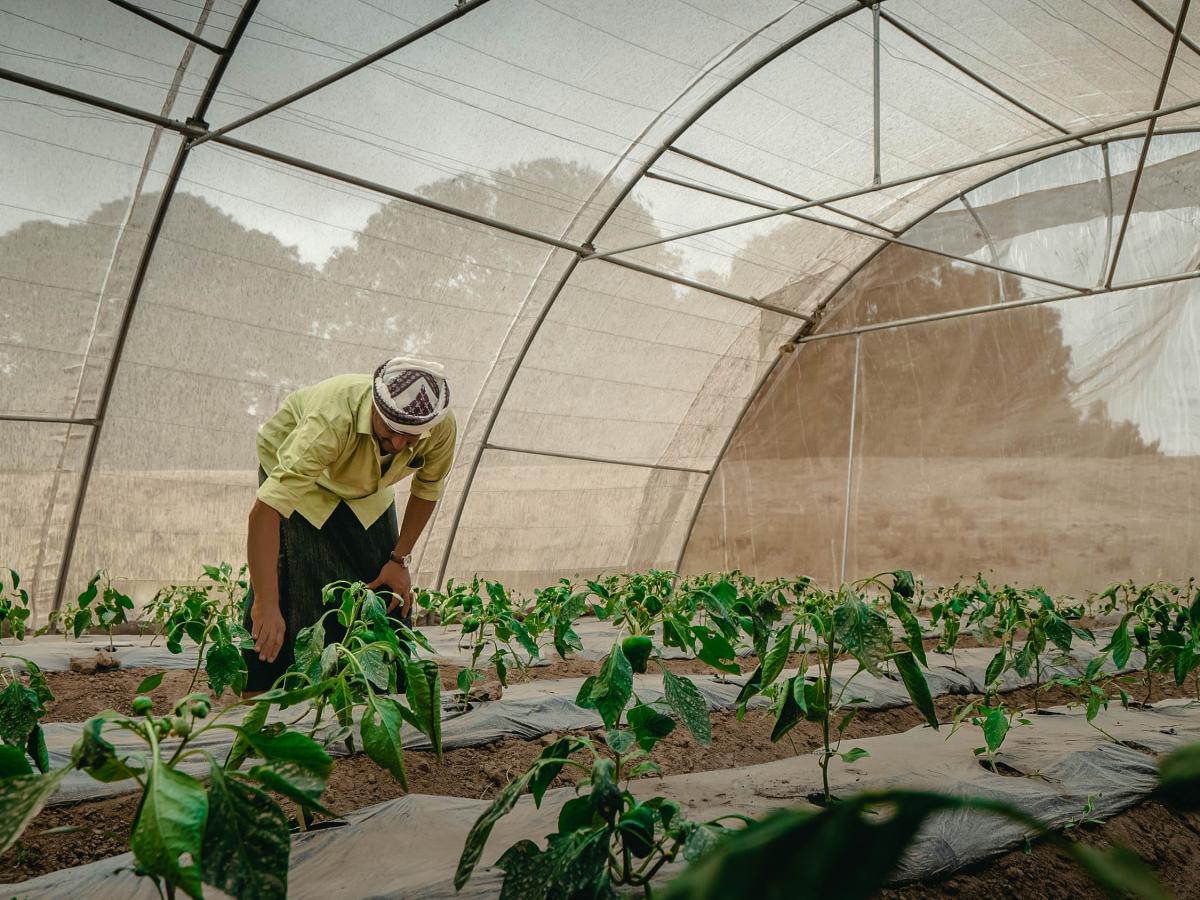
Primary TextThe course covered how to grow tomatoes using green techniques," said Mr. Watidi. "The results were amazing, and the successful experience encouraged me to expand my farm and activities.”
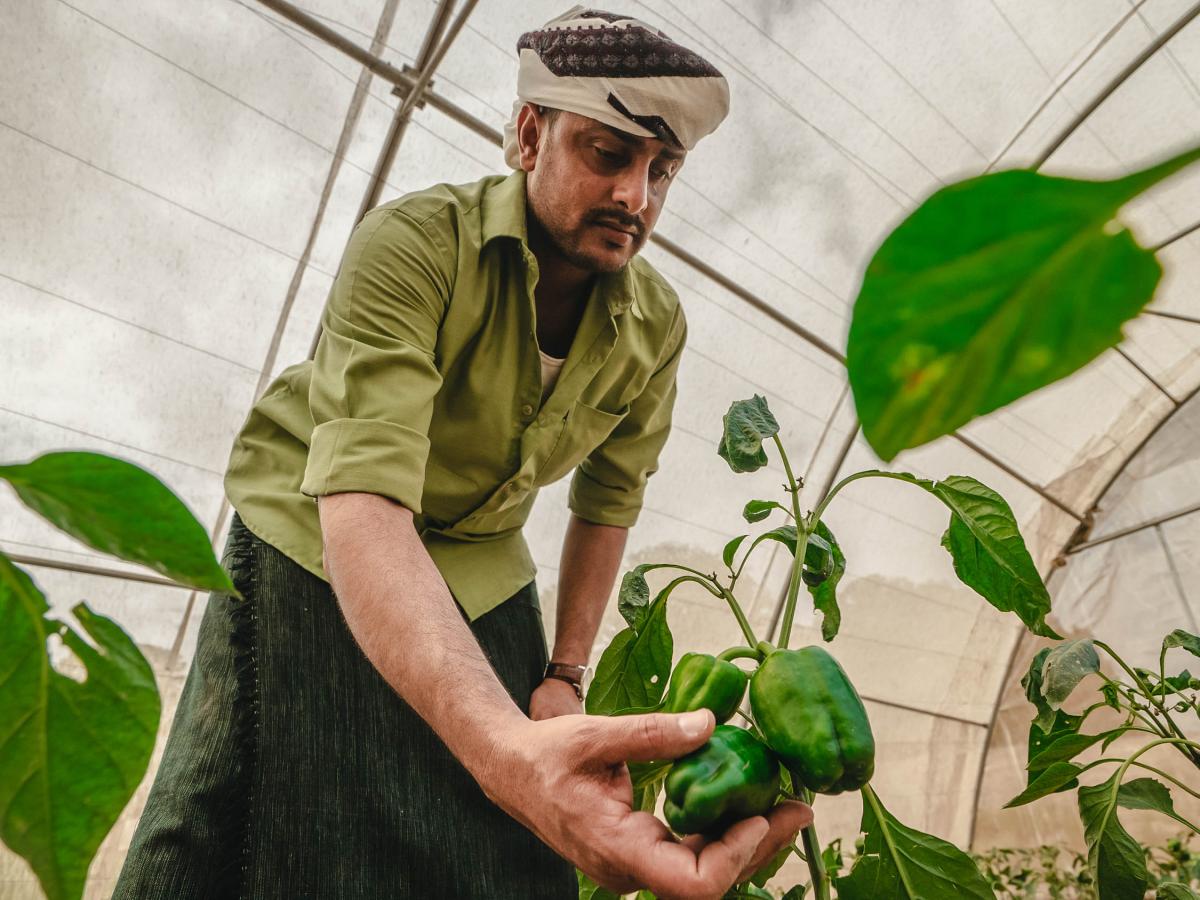
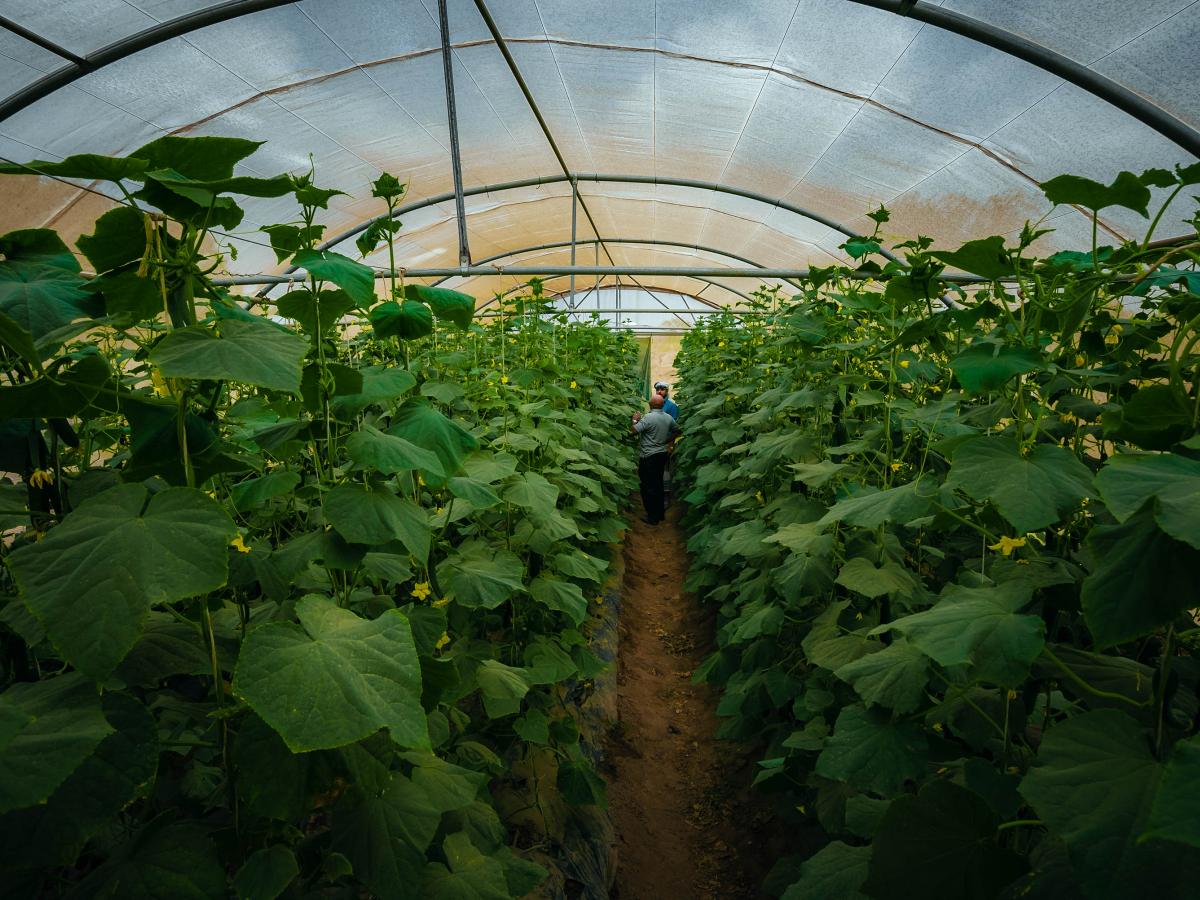
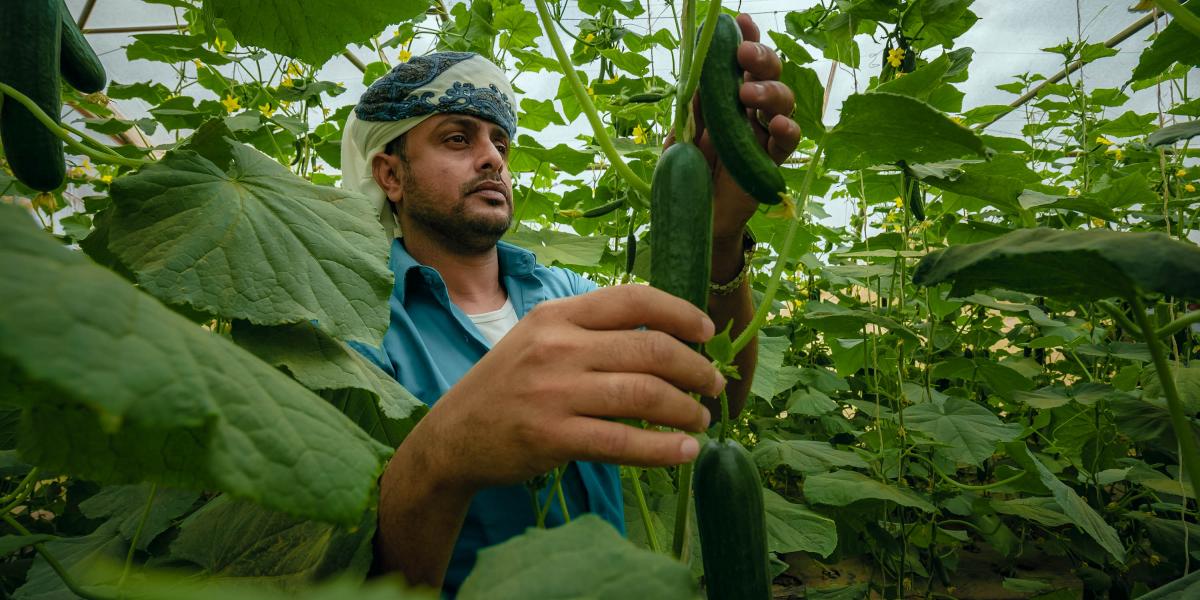
Hearing about the fuel and water saving merits of drip irrigation from neighbors who had previously attended a USAID ERLP training, Mr. Watidi purchased the drip irrigation system for his 2.5 acre tomato farm in early 2021. In November of 2021, Mr. Watidi’s local agricultural department representative arranged for him to attend a four-day USAID ERLP tomato value chain training program. During the training, he learned a range of agricultural best practices and cutting-edge green growing techniques, including new and profitable crop options, the value of drip irrigation and how to install a system, greenhouse and low tunnel use, composting, and integrated pest management methods.
Water shortage is a huge issue here, fuel prices are very high, and we face new plant diseases and pests,” he said. “This is a starting point for us. I would like to establish more greenhouses to increase production and revenues, add crops, and expand my land as well.”
By January 2022, Mr. Watidi successfully installed his drip irrigation system and built a greenhouse where he began to grow cucumbers, the first ever to be grown in a greenhouse in the governorate of Lahj. As production and profits increased, just one year later in February 2023, he was able to purchase an additional four acres of land. There, he installed a second drip irrigation system where he grows onions, watermelons, and okra, and built a second greenhouse where he grows green peppers. Overall, USAID’s intervention resulted in a 45 percent increase in his revenue and a 25 percent increase in his net income.
Excited about his future, Mr. Watidi now understands how greenhouse use and a drip irrigation process can enable farmers to create optimal growing environments and effectively protect crops from diseases and pests. Using techniques taught through USAID ERLP support, his water efficiency has improved 60 percent, and his water pump diesel fuel use has been reduced by 70 percent. He has minimized post-harvest loss by more than 50 percent, extended his cultivating season from four to five months to year-round, and significantly diversified his crops.
USAID ERLP has delivered 256 technical training sessions benefitting 8,072 farmers. These training activities have improved crop production and significantly aided in the diversification of Yemen’s agricultural sector, which constitutes about 20 percent of Yemen’s gross domestic product and is a primary source of livelihood for 70 percent of rural Yemenis.
To see more images click here.
